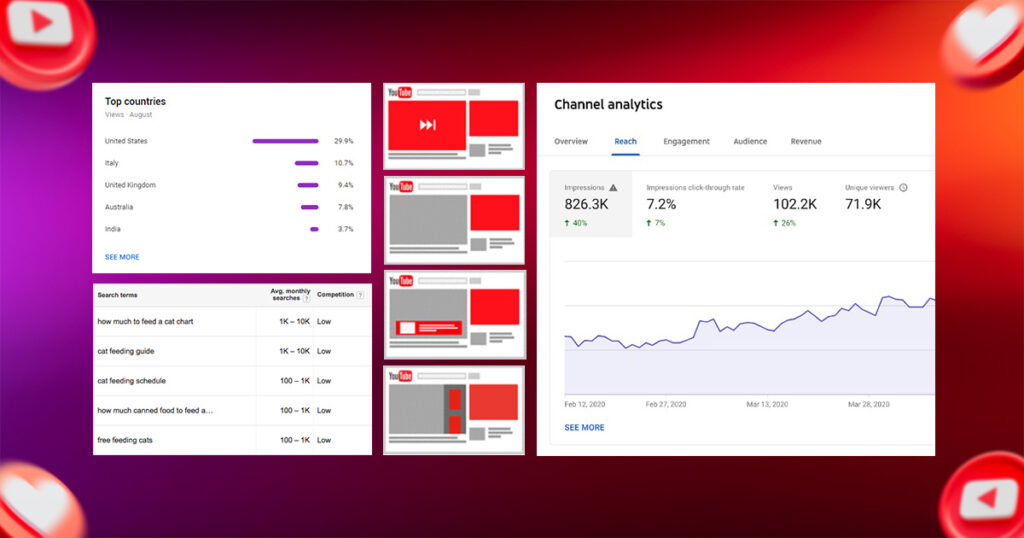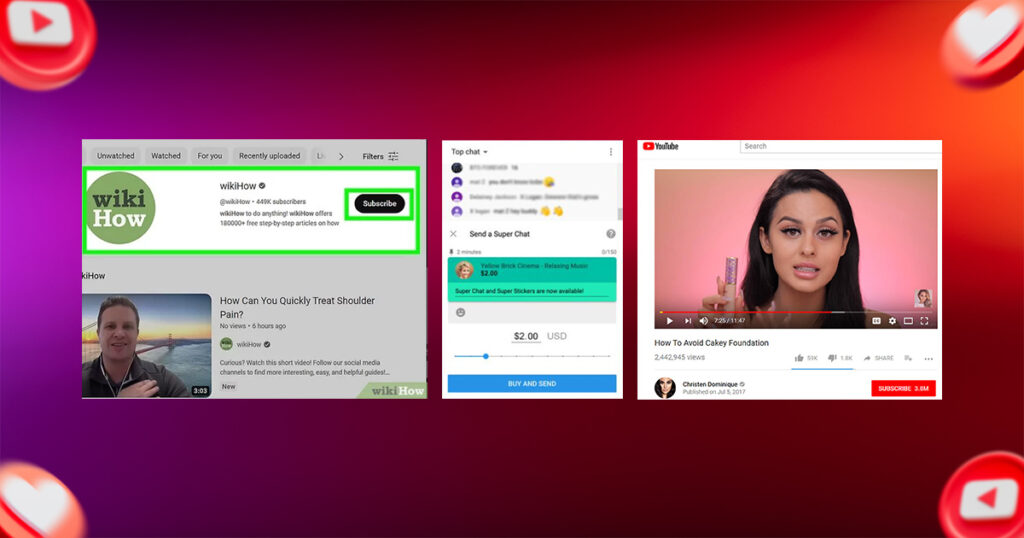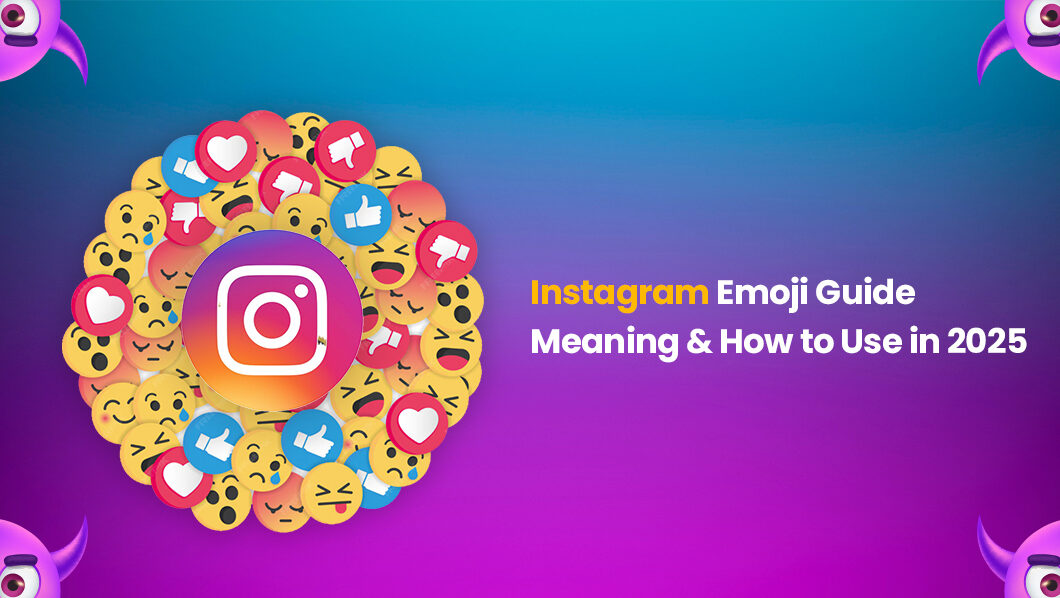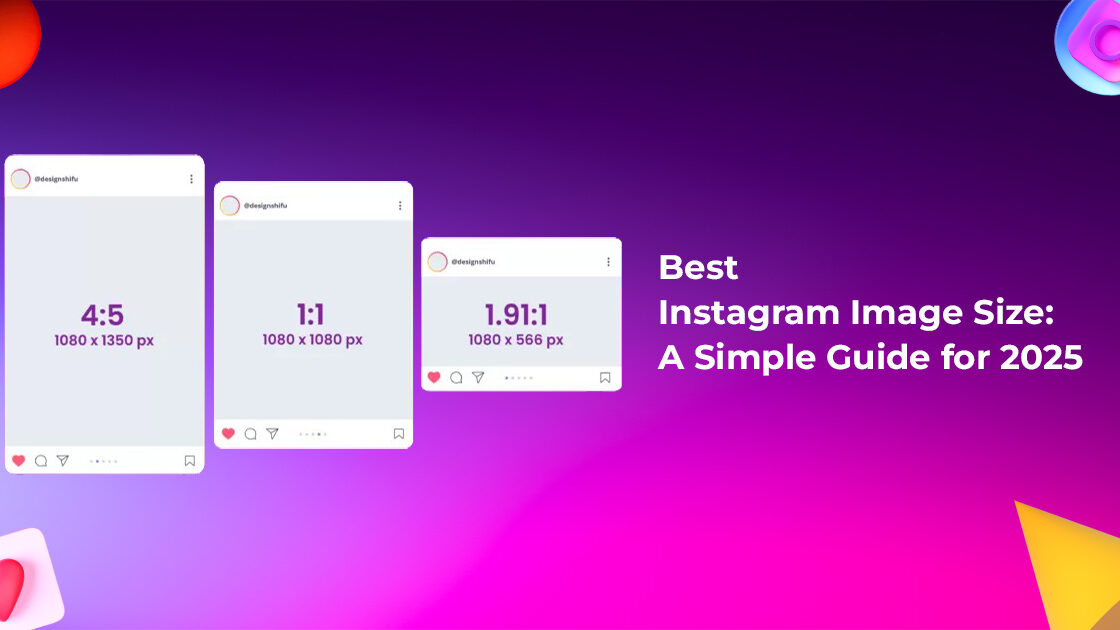Are you wondering how much you can make per view on YouTube? This question is on many minds with the rise of content creators and influencers. While YouTube’s revenue model is simple, the reality is far more complex. YouTube earnings per view can fluctuate based on several factors, such as audience demographics, content type, and ad formats. In this article, we’ll break down how YouTube’s payment system works, the factors that influence YouTube earnings per view, and how you can maximize revenue from your videos.
Understanding YouTube’s Monetization Model
At the heart of YouTube’s revenue model is AdSense, Google’s advertising platform. Once creators join the YouTube Partner Program (YPP), they earn a share of the advertising revenue generated by the ads shown on their videos. However, the rate per view can vary depending on several factors. For instance, YouTube payments are calculated using CPM (cost per thousand views) or CPC (cost per click), with each model affecting the revenue differently.
- CPM: Creators earn a set amount for every 1,000 ad views. This is the most common model.
- CPC: In this case, creators make money when viewers click on ads, not just watch them.
These models are influenced by factors like audience location, content type, and viewer engagement, which makes calculating earnings per view a bit of a moving target.
How Much Does YouTube Pay Per 1,000 Views?
YouTube doesn’t set a fixed rate for earnings per view, so the amount you earn per 1,000 views can vary greatly. In general, creators can expect to earn anywhere from $0.25 to $4 per 1,000 views. However, this rate can go higher or lower depending on several factors such as:
- Average CPM Rates: Most creators see a CPM rate between $2 and $15, depending on content type, viewer location, and the level of engagement.
- High-Paying Niches: Some content categories like finance, tech, or education command higher CPM rates, sometimes as high as $50 per 1,000 views. Advertisers in these industries are willing to pay more due to high demand.
- Geography: Views from certain countries like the U.S., Canada, and Australia typically earn more due to higher advertiser budgets in those regions.
Global Differences in CPM Rates
CPM rates can fluctuate significantly by country. For example, viewers from the U.S. tend to generate more revenue than those from countries in Asia or Africa, simply because advertisers in these regions are willing to spend more on ads.
Factors That Affect YouTube Earnings Per View
Several elements play a role in how much creators can make per view. Understanding these factors can help you optimize your revenue potential.
1. Audience Location
Views from certain countries tend to yield higher CPM rates. For example, audiences in the U.S., UK, and Canada are often associated with higher ad spend, leading to better earnings per view.
2. Channel Niche and Content-Type
The niche of your channel is critical to your earnings. Channels in niches like finance, health, and education typically enjoy higher CPMs because advertisers in these sectors are willing to pay more for premium placement.
3. Ad Types
YouTube offers various ad formats that affect how much you earn:
- Skippable Ads: These ads are less lucrative as viewers can skip after five seconds.
- Non-Skippable Ads: Higher-paying ads since viewers must watch them in full.
- Bumper Ads: Short, six-second ads that play before your content, often yielding moderate CPMs.
- Overlay Ads: Small banner ads that are shown on videos; these usually generate less income.

4. Viewer Engagement
Channels with highly engaged viewers see better results. The more viewers interact with your content—watching ads, clicking on them, or leaving comments—the better the CPM rates.
5. Seasonal Demand and Trends
Ad demand tends to fluctuate throughout the year, with certain times bringing higher demand for advertisements. For instance, during the holiday season, particularly in November and December, advertising budgets typically increase as businesses ramp up their marketing efforts to capitalize on seasonal shopping trends.
This surge in ad spending leads to higher CPM rates, as advertisers compete for premium ad space. As a result, YouTube creators often see a boost in earnings during these peak periods, thanks to increased advertiser investment in their videos.
Additional Ways YouTube Creators Earn Money
While ad revenue is the primary income stream, YouTube offers several other ways to earn money beyond CPM:
- Channel Subscriptions
Creators can offer paid memberships, giving fans access to exclusive perks like custom emojis and exclusive videos. This steady income stream can significantly boost your overall revenue. - Super Chat and Super Stickers
During live streams, creators can receive donations through Super Chat and Super Stickers. This provides an opportunity for creators to earn directly from their audience. - YouTube Premium Revenue
YouTube Premium users pay for an ad-free experience, and creators receive a share of the subscription fee based on watch time. The more time your viewers spend watching your content, the more you earn from Premium. - Affiliate Marketing and Sponsored Content
Many creators increase their income by promoting products or services in their videos. Whether it’s affiliate marketing or sponsored content, partnerships with brands can lead to substantial earnings.

How to Maximize Your YouTube Earnings Per View
If you’re serious about growing your YouTube revenue, consider these strategies to increase your earnings per view:
- Focus on High-CPM Niches
Certain topics like finance, business, and technology tend to attract higher-paying advertisers. If you’re able to target these high-CPM categories, you can significantly boost your earnings. - Optimize for Audience Retention
The longer viewers watch your videos, the more ad revenue you generate. By creating engaging content that encourages viewers to stick around, you can increase your revenue potential. - Publish Consistently
Consistency helps your channel grow and remain visible. Posting regularly can lead to more views, which translates into higher ad revenue. - Use SEO to Your Advantage
Optimizing your video titles, descriptions, and tags for search can help your videos reach a wider audience, increasing the number of views—and the ad revenue. - Engage with Your Audience
Interaction with viewers can build loyalty, leading to more support through memberships, Super Chats, and other revenue streams. Respond to comments, like and share content, and build a community around your channel.
Final Thoughts
YouTube’s earnings per view depend on a variety of factors, including audience demographics, content type, and ad formats. By focusing on high-CPM niches, improving audience engagement, and exploring additional revenue streams, you can maximize your earnings.
Whether you’re just starting or looking to increase your existing revenue, implementing these strategies will help you optimize your YouTube potential.
What strategies have you tried to increase your YouTube earnings, and what has worked best for you?
Share this:
- Click to share on Facebook (Opens in new window) Facebook
- Click to share on X (Opens in new window) X
- Click to share on LinkedIn (Opens in new window) LinkedIn
- Click to share on Reddit (Opens in new window) Reddit
- Click to share on Tumblr (Opens in new window) Tumblr
- Click to share on Telegram (Opens in new window) Telegram
- Click to share on Threads (Opens in new window) Threads
- Click to share on WhatsApp (Opens in new window) WhatsApp
- More
- Click to share on X (Opens in new window) X
- Click to share on Pinterest (Opens in new window) Pinterest
- Click to share on Pocket (Opens in new window) Pocket
- Click to share on Mastodon (Opens in new window) Mastodon
- Click to share on Nextdoor (Opens in new window) Nextdoor
- Click to share on Bluesky (Opens in new window) Bluesky
- Click to print (Opens in new window) Print
- Click to email a link to a friend (Opens in new window) Email




